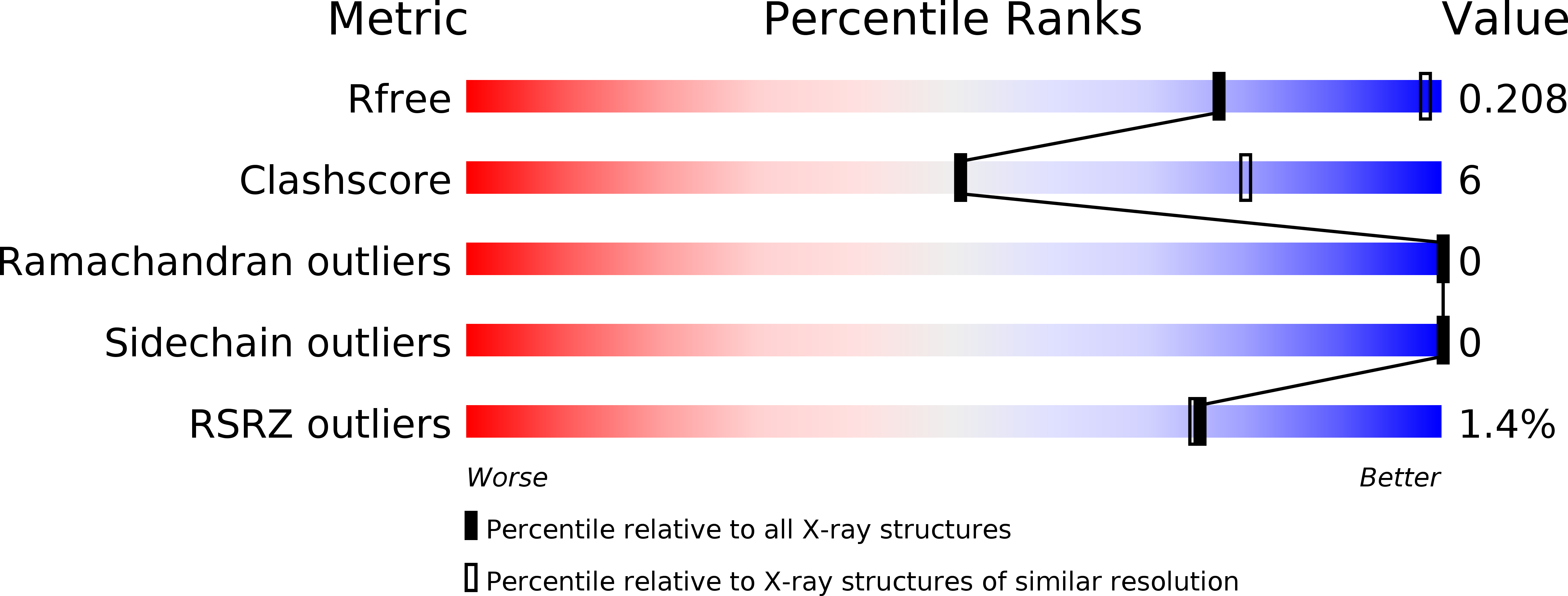
Deposition Date
2014-07-15
Release Date
2014-09-10
Last Version Date
2024-05-08
Entry Detail
PDB ID:
4U1D
Keywords:
Title:
Structure of the PCI domain of translation initiation factor eIF3a
Biological Source:
Source Organism:
Saccharomyces cerevisiae (Taxon ID: 559292)
Host Organism:
Method Details:
Experimental Method:
Resolution:
3.30 Å
R-Value Free:
0.20
R-Value Work:
0.17
R-Value Observed:
0.17
Space Group:
C 1 2 1


